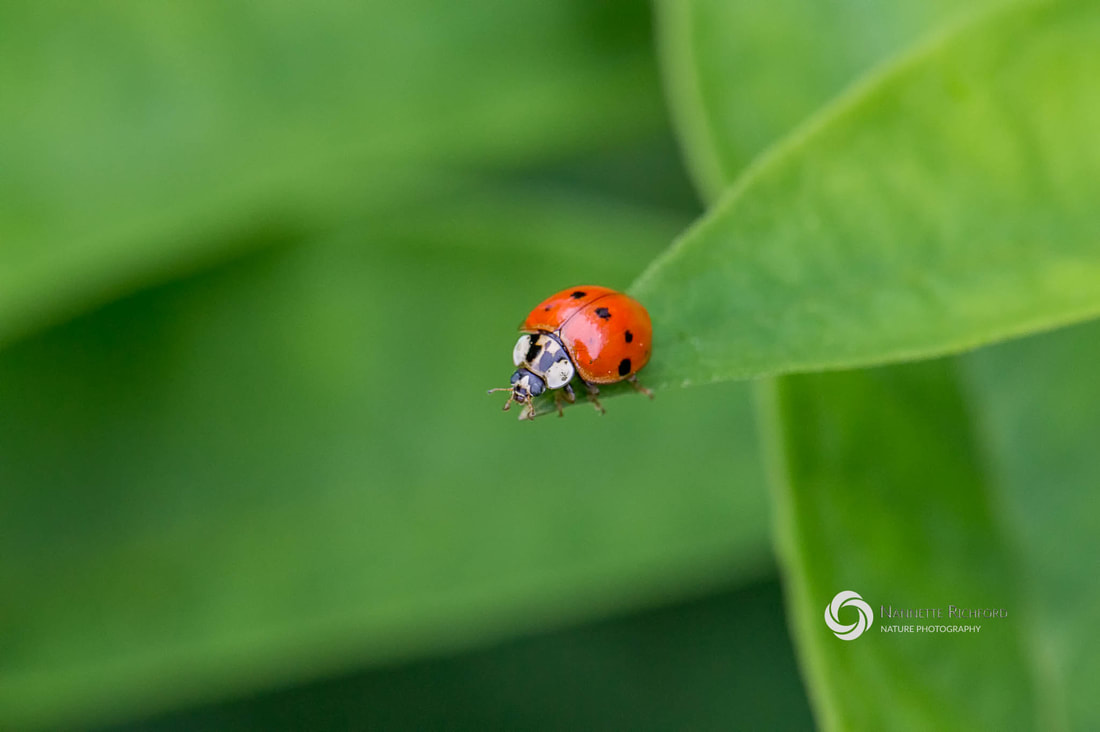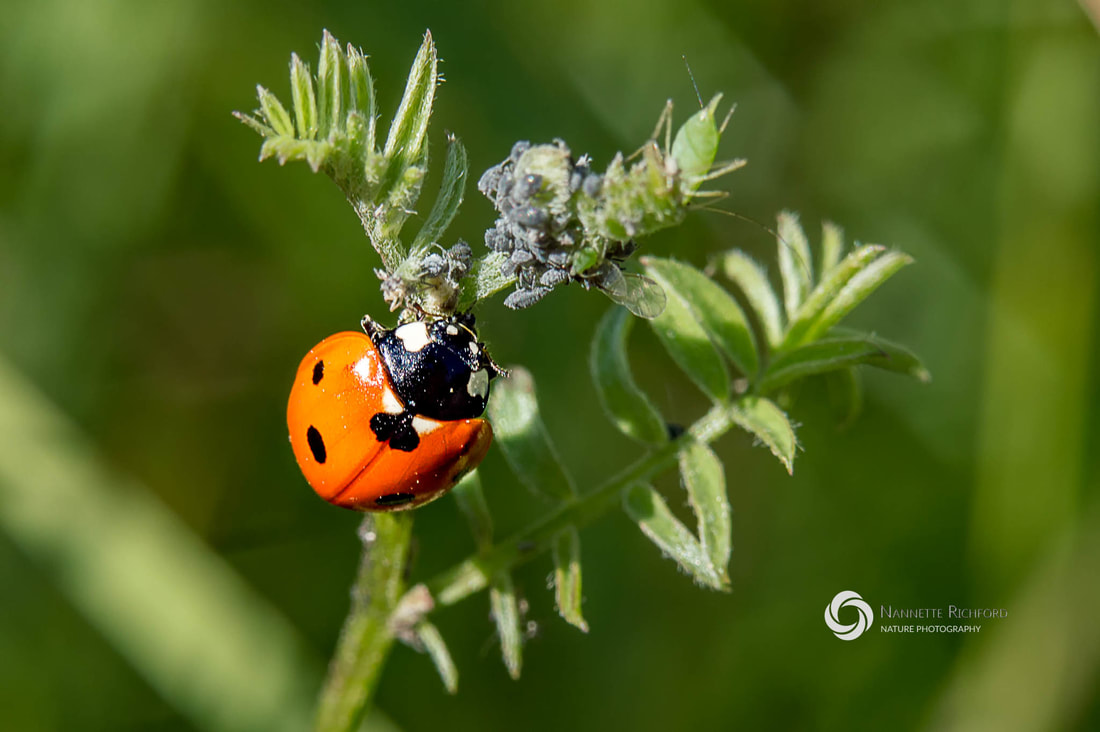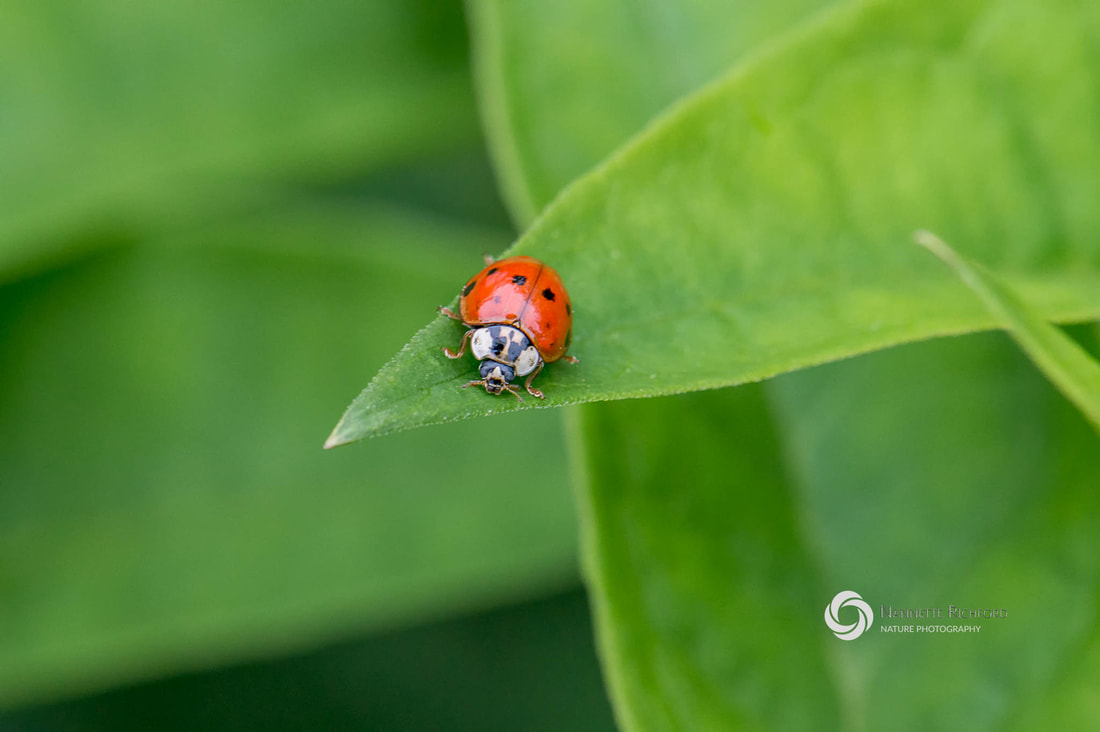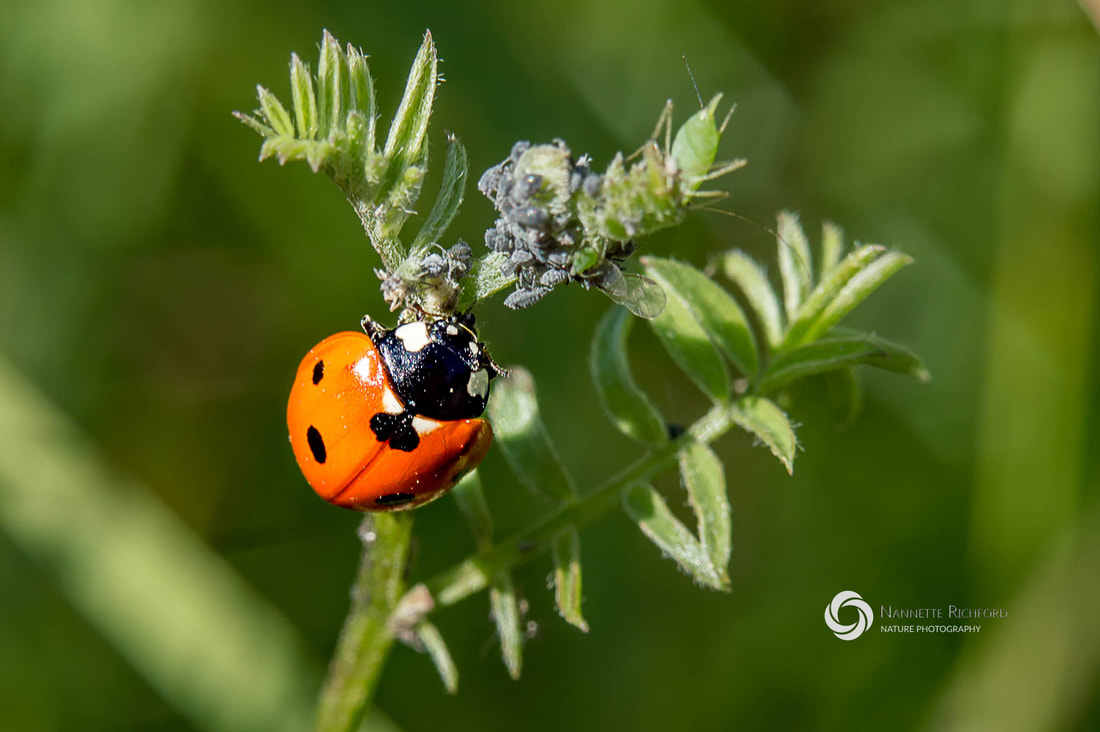- Home
- Garden Thyme Blog
- Themes
- Flowers
-
Veggies
-
Warm Season Vegetables
>
- About Beans >
- About Corn >
- Cucumbers >
- Melons
- Peppers >
- Squash >
-
Tomatoes
>
- How to Harden Off Tomato Plants
- How (and when) to Prune Tomatoes
- Magnesium Sulfate (Epsom Salt) for Tomatoes
- Blossom End Rot in Tomatoes
- Growing Cherry Tomatoes in Hanging Baskets
- 4 Best Tomatoes for Short Seasons - Early Tomatoes
- 5 Early Maturing Tomatoes for Short Season Gardening
- How to Ripen Green Tomatoes
- How to Make Sun-Dried Tomatoes at Home
- How to Grow a Pomato Plant
-
Cool Season Vegetables
>
-
Warm Season Vegetables
>
- Herbs
- Gardening Basics
- Garden Pests
- Birds
- Fiddleheads and Fairies
- About Us
- Contact Us
- How to Marinate Roasted Vegetables
|
If you are like most people, you may have a few misconceptions about the difference between a traditional ladybug and an Asian Lady Beetle. You may be surprised to learn how similar these two really are. Myth #1: Ladybugs and Asian Lady Beetles Are Completely DifferentEven though Americans typically refer to the American version as a Ladybug, it is really a Lady Beetle or a Ladybird Beetle. Both the traditional ladybug and its Asian look-a-like are Lady (or Ladybird) Beetles. They both belong to the same family (Coccinellidae). According to National Geographic, there are more than 5,000 species of lady beetles worldwide, with more than 500 species in the U.S. That means there is a lot of variation in the color and number of spots when it comes to ladybugs. Myth #2: You Can Tell Asian Lady Beetles and Ladybugs Apart by Their ColorMany people assume that the color of the beetle determines whether it is an Asian or American Ladybug, but this isn't always true. Traditional ladybugs can range in color from bright red to orange-red. While Asian Lady Beetles range in color from orange-red, orange and nearly tan. It can be difficult to tell the difference between the two at first glance. You can tell American Ladybugs and Asian Ladybugs apart by looking at their 'face'. Asian ladybugs have a white pronotum (the section between the head and the body of a ladybug) with a black M or W above their eyes, while the traditional American version has a black pronotum with small white cheeks. Myth #3: Asian Lady Beetles Are Bad and Ladybugs Are GoodWhile it is true that Asian Lady Beetles can become a nuisance because they often crawl into buildings in the fall and over-winter inside, they aren't that different from an American Ladybug. Both consume aphids and insect pests in the garden. In fact, the Asian Lady Beetle was originally introduced to the U.S. by the Department of Agriculture to help control insect pests on pecans and apples. Both are beneficial to farmers and gardeners. If you find Asian Ladybugs a nuisance in your home, go ahead and vacuum them, but understand that they are not harmful and they do not breed in your home. The bugs you see crawling out in the spring are the same ladybugs that sought shelter in the fall. They will find their way back outside in the spring as soon as it is warm enough for them to survive.
0 Comments
Leave a Reply. |
For more nature photography, check out my photography site.
|
Copyright © 2014 Nannette Richford
- Home
- Garden Thyme Blog
- Themes
- Flowers
-
Veggies
-
Warm Season Vegetables
>
- About Beans >
- About Corn >
- Cucumbers >
- Melons
- Peppers >
- Squash >
-
Tomatoes
>
- How to Harden Off Tomato Plants
- How (and when) to Prune Tomatoes
- Magnesium Sulfate (Epsom Salt) for Tomatoes
- Blossom End Rot in Tomatoes
- Growing Cherry Tomatoes in Hanging Baskets
- 4 Best Tomatoes for Short Seasons - Early Tomatoes
- 5 Early Maturing Tomatoes for Short Season Gardening
- How to Ripen Green Tomatoes
- How to Make Sun-Dried Tomatoes at Home
- How to Grow a Pomato Plant
-
Cool Season Vegetables
>
-
Warm Season Vegetables
>
- Herbs
- Gardening Basics
- Garden Pests
- Birds
- Fiddleheads and Fairies
- About Us
- Contact Us
- How to Marinate Roasted Vegetables



